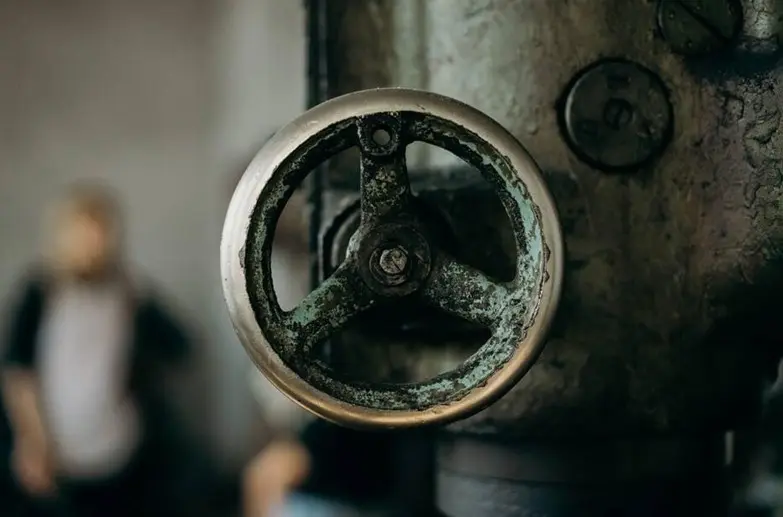As environmental sustainability evolves, grease trap services are changing. A tech revolution in their field promises to reshape waste management. For businesses that use commercial kitchens, a good grease management system is key.
It must be efficient and compliant. Enter the age of innovative technologies transforming the way grease traps are serviced.
This blog post looks at the future of a grease trap service. Emerging technologies will improve efficiency, cut environmental impact, and streamline operations.
Read on to learn more.
The Evolution of Grease Trap Services
Grease traps have been an integral part of commercial kitchens for decades. These devices capture fats, oils, and grease (FOG) from wastewater.
They prevent FOG from entering the sewer system. Traditionally, grease trap maintenance has been labor-intensive and fraught with inefficiencies. Businesses often face hefty fines for improper grease interceptor disposal. It can cause environmental damage.
Smart Sensors Transforming Monitoring
One of the most exciting developments in grease trap services is the use of smart sensors. These sensors check grease trap levels in real time.
They provide insights into FOG buildup. By tracking grease levels, businesses can schedule cleanings better. This prevents unnecessary service calls and cuts costs.
IoT Integration for Seamless Operations
The IoT is revolutionizing many industries, including grease trap services. IoT devices can connect grease traps to a central platform.
This enables remote monitoring and data exchange. This integration gives businesses a complete view of their grease systems. It enables data-driven decisions.
Enhancing Efficiency
Traditional grease trap cleaning methods often involve manual labor. But, new cleaning methods are emerging. They are more efficient and eco-friendly.
High-pressure water jetting uses powerful jets of water to remove FOG buildup. It does this without harmful chemicals.
Another promising development is the use of biological agents. These agents have enzymes and bacteria. This reduces the need for frequent cleanings.
Automation Streamlining Maintenance
Automation is a game-changer in the realm of grease trap services. Automated systems can control the entire maintenance process.
They can do this, from monitoring to cleaning, with minimal human help. This automation frees up resources. It lets businesses focus on their core operations.
Some advanced systems can use smart sensors to start cleaning cycles automatically.
The Role of Artificial Intelligence
AI is a technology reshaping all industries, including grease trap services. AI-powered predictive analysis can forecast grease accumulation patterns based on historical data.
By understanding these patterns, businesses can tailor their maintenance strategies. This will meet specific needs and make operations more efficient.
Cost Savings and ROI
New tech may need a big upfront investment. But, it will save a lot in the long run. Smart sensors, IoT integrations, and automated cleaners cut costs. Optimizing maintenance schedules and minimizing downtime can boost ROI.
The Future of Grease Trap Services
The future of grease trap services is bright and full of promise. Tech advances will spur innovation. This will yield better, greener solutions.
AI, IoT, and automation will become standard. They will revolutionize the industry and set new performance benchmarks.
Exploring the Innovative Technologies in Grease Trap Service
New technologies are changing a grease trap service. They offer businesses improved efficiency, lower costs, and eco-friendliness. Smart sensors, IoT, advanced cleaning, and AI are changing grease trap management.
Also Read –The Impact of Technology on Construction Machinery Manufacturing
